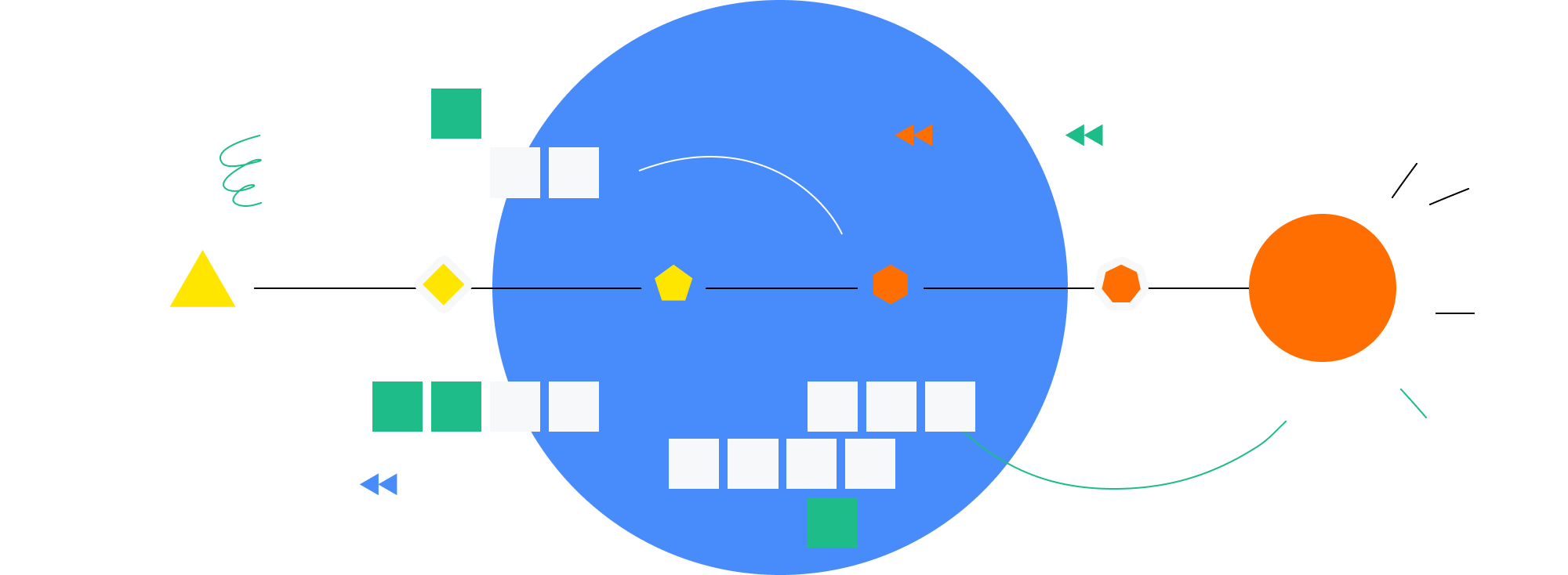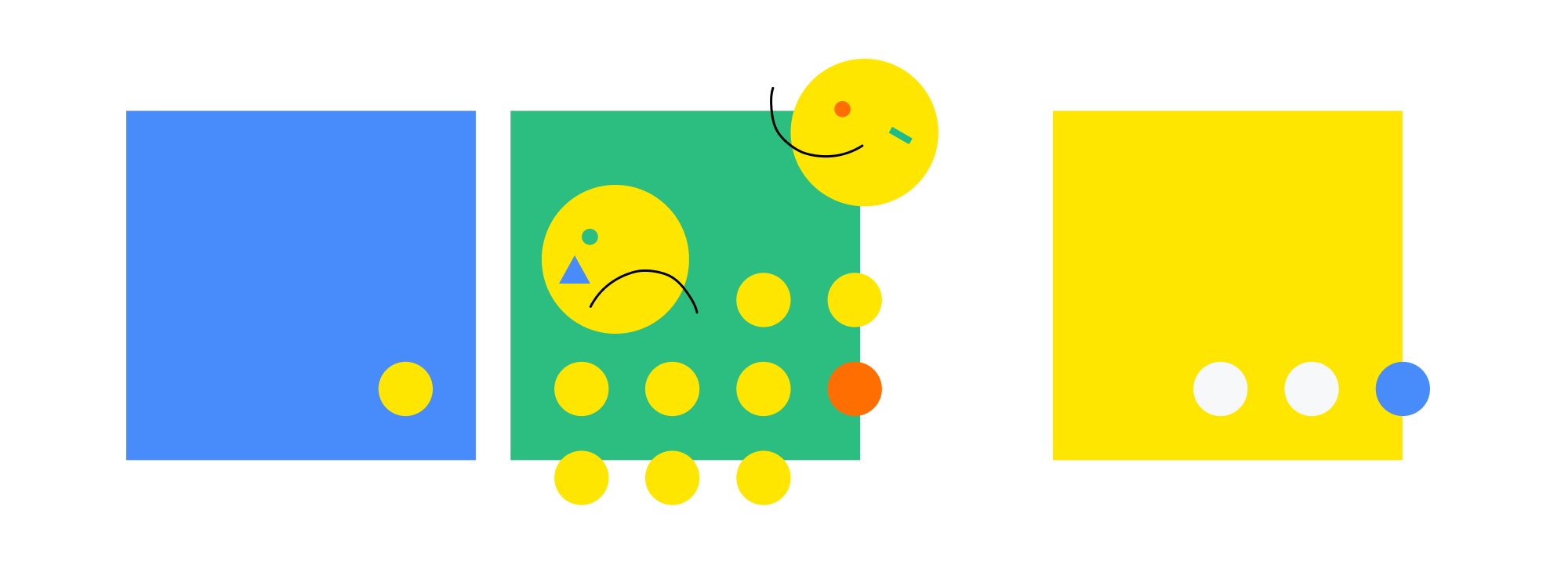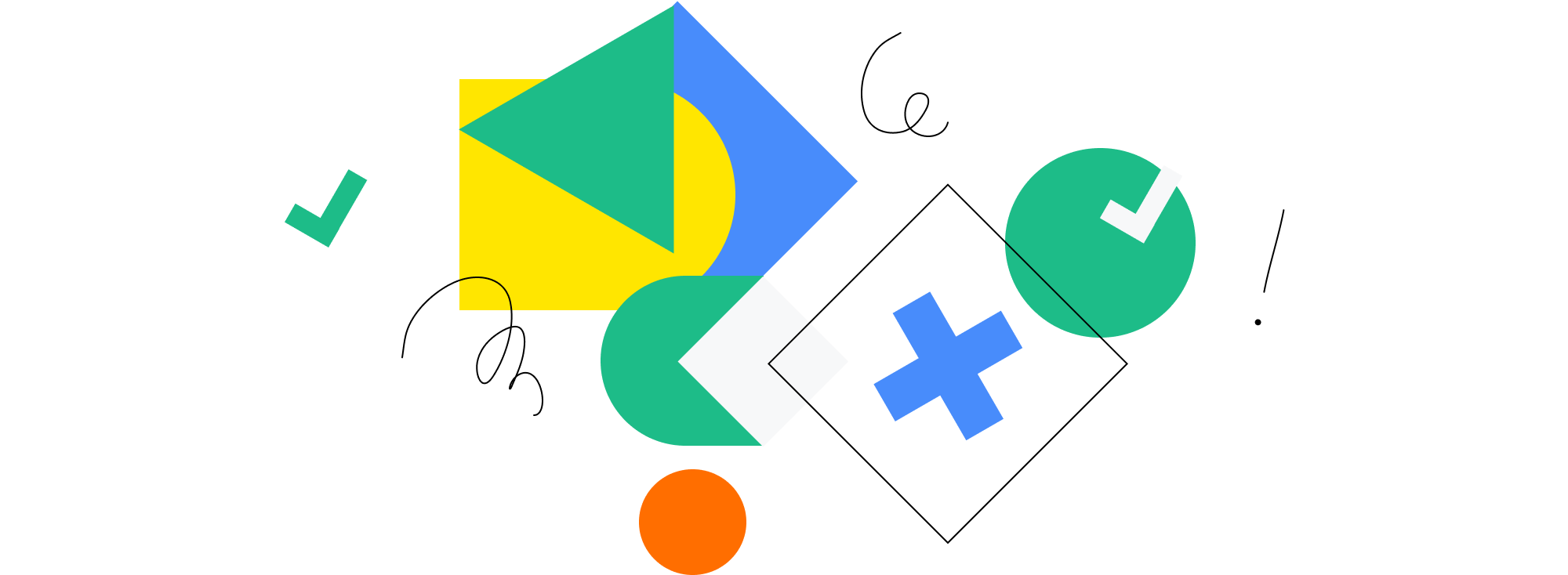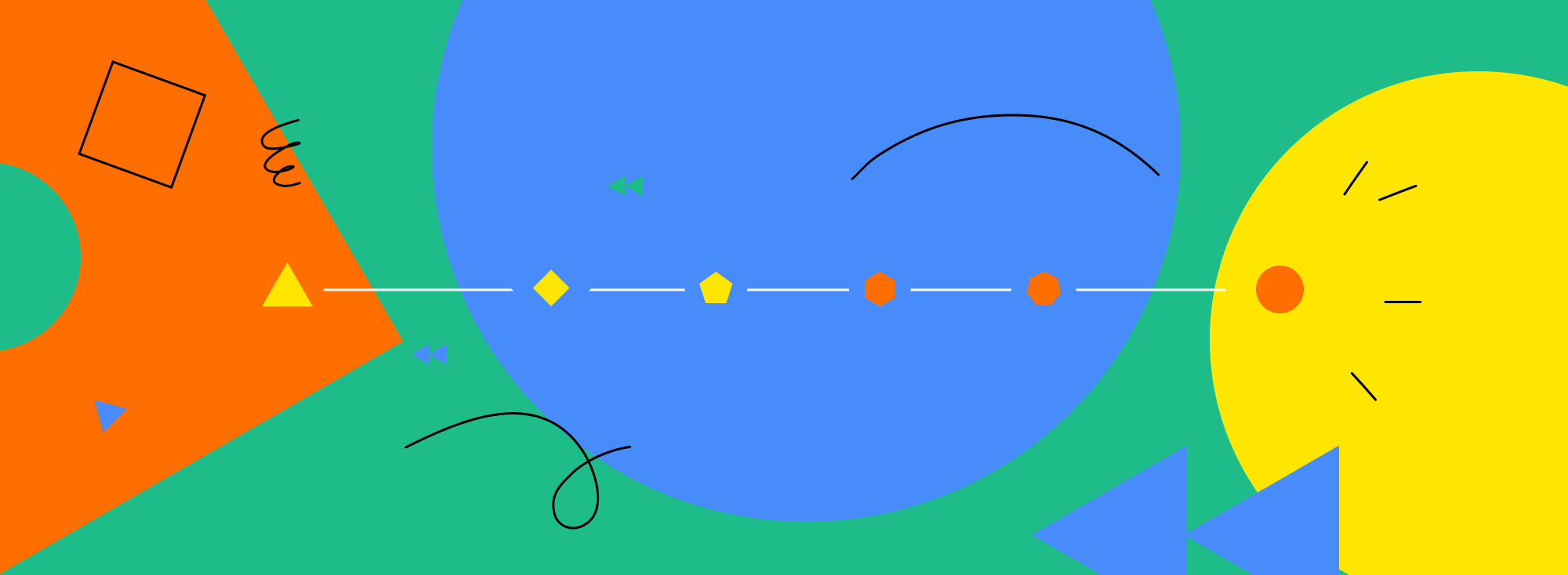When I got an opportunity to lead one of the projects at the beginning of the year, I perceived it as quite a challenge. It was a client who was my long-time niche love brand. Although it wasn't a big contract or a long-term collaboration, I cared about delivering a worthwhile result nonetheless. It was an opportunity you didn’t want to mess up, whether as a designer or project manager.
At Lighting Beetle*, we advocate the theory of "people over pixels" which means creating meaningful UX that focuses not as much on the quantity of generated outputs as it does on the quality and added value. And not just for users. We value the time and money of our clients and strive to increase the return of their investment.
We achieve this, besides other things, through a tool that I greatly appreciated during this project. We call it LB* Quality Timeline. With the support of our domain leads – the most senior experts – this tool guided me safely through the entire project management process delivering a successful outcome. But let's start from the beginning.
What is LB* Quality Timeline?
It's a digital interactive tool which helps us visualize the individual stages of the entire project process. These stages are primarily based on the Double Diamond design model. A model composed of four main phases: Discover - Define - Develop - Deliver.

Each of these phases is supported by UX design principles and agile approach. This includes regular validation which involves testing with the representatives of the target group, and continuous improvement with the most efficient impact.
Well-timed control questions, the very core of this tool, won me over from the beginning. With these questions, I was able to easily verify whether we fulfilled all the requirements for delivering valuable outputs in each phase, including the partial ones.
This tool was designed and compiled by our consultants as a guide that starts before the project begins and continues until its delivery. At the beginning (ideally shortly after the project kickoff) we conceive a preliminary ideal scenario which represents the direction we would like to follow. Subsequently, the project team meets with the domain lead every week to monitor the progress in fulfilling the individual phases. This ensures regular and structured Quality Assurance, allowing us to ascertain that the delivery of high-quality design from our side isn't random.
LB* Quality Timeline also serves as a quickly accessible database of project-related resources (links to various types of documents, Figma files, workshop outputs and other relevant materials).
Here I feel compelled to explain what this tool isn’t:
LB* Quality Timeline isn't just a roadmap (although it contains several of its elements) or any fixed matrix. It doesn't have an immutable form. Its purpose is to assist us while remaining flexible, rather than confine us to a rigid path of fulfilling predefined tasks. Every project is unique, that’s why the framework has to stay sufficiently modular and adaptable to every specific circumstance and requirement. It's perfectly fine to skip, modify, or not fully complete some steps. It's essential to always ask what we gain or lose by adjusting the process.

LB* Quality Timeline in practice
- The first step is to recap the main objectives of the project. We summarize the design challenge defined at the kickoff and take a look at the ongoing partial tasks and roadmap.
- For each phase, we use virtual sticky notes to write down any relevant remarks about milestones, planned activities or results we have already achieved. To facilitate navigation through the multitude of sticky notes, we use colour coding and emojis as indicators of the stages of individual processes.
- By monitoring our progress and conducting retrospective evaluations we identify areas we can improve for the future. We also discuss possible concerns or risks and provide clear, practical solutions for their timely elimination. In the final stage, we ensure that we are aware of the upcoming steps and things we should not forget about.
- We evaluate how confident we are about meeting the project objectives and addressing all the challenges. This is calculated in percentage from 0 to 100%, along with a few explanatory notes.
- Finally, we make a brief entry in the changelog with the date and a short comment about the meeting's progress.
As a part of regular team lean UX rituals, we check the Quality Timeline with the client if needed. This serves as a reminder of the design challenge, goals, and important milestones or as a tool for strategic decision-making.

Main benefits of LB* Quality Timeline
1. Healthy perspective
Thanks to two strong elements, visual presentation and a storytelling approach, we can achieve a complex view. When we focus too much on details during research and design, Quality Timeline can provide us with a needed slowdown. It gives us a bigger picture and directs our attention to essential features.
- A good example of the benefits of the Quality Timeline was an instance where instead of multiple design flows (as originally planned) we ultimately benchmarked only one that was prioritized as the most important within the client’s business objectives. In addition to fulfilling the project goal, we also obtained valuable data for the client's future strategic planning.
2. Early identification of risks and elimination of unwanted design "waste"
Thanks to regular team checks and updates we have a constant overview of what's happening. We can promptly identify both existing and potential risks and eliminate uncertainties. This constantly ensures us that we are moving in the right direction during the design process. I have often experienced how even a seemingly small change in approach saved a lot of client’s time and financial resources.
- Recently, thanks to the LB* Quality Timeline, we realized that instead of the originally planned weeks-long project schedule, we needed to take the path of an intensive design sprint. During this sprint, we fully engaged stakeholders while leveraging their high-domain knowledge. We didn't get bogged down in note-taking, onboarding, or recapping previous activities and the project gained the right momentum. This approach enabled us to achieve faster results.
3. Learnings for future projects
LB* Quality Timeline helps us regularly document improvement suggestions throughout the entire project. This provides us with a valuable database of knowledge and internal know-how for future projects. It also serves as a benefit for colleagues who didn't directly work on that particular project.
- During another quality assurance, LB* Quality Timeline helped us detect a recurring situation, in which some stakeholders didn't align with the proposed design solutions. We eliminated this by involving them in the project from the very beginning so that they could express their opinion about every one of our ideas before we started to conceive specific design solutions.

These experiences with LB* Quality Timeline have reaffirmed my belief that a structured methodological process for delivering quality design is equally important as the design itself. Our tool is based on the assumption that when we trust the process and follow it, we must stay on track and added value will sooner or later appear in our design.
The good news is that from our experience, this hypothesis is proving to be true more and more often. Many times when I had the feeling that the project budget simply wouldn't be sufficient for delivering the desired quality, LB* Quality Timeline unequivocally allayed my concerns. And the result? A successful project, satisfied client, content designer and project manager, and most importantly great customer experience that creates a satisfied end user.


